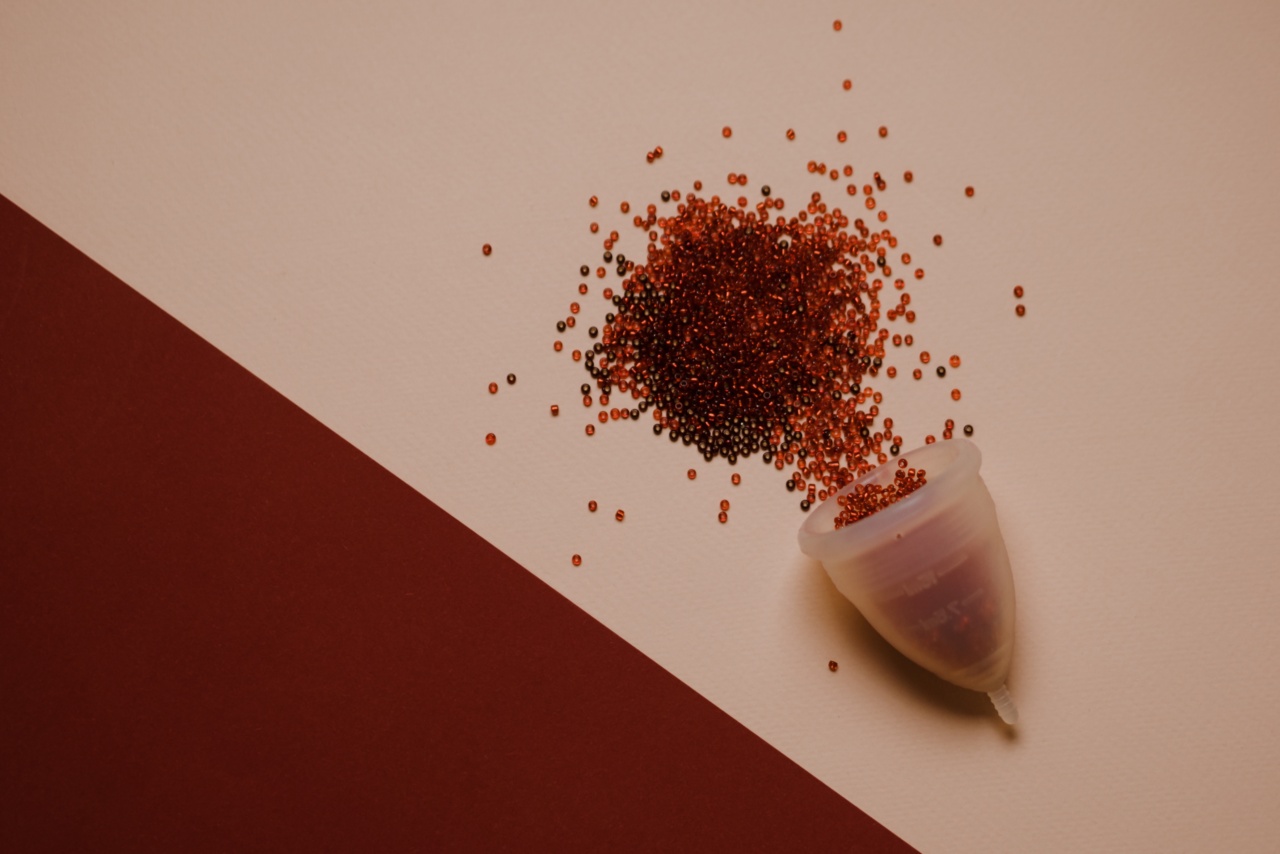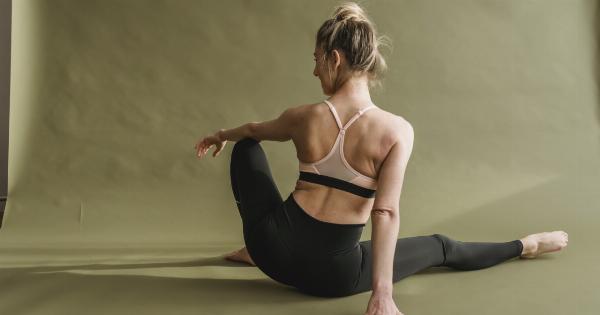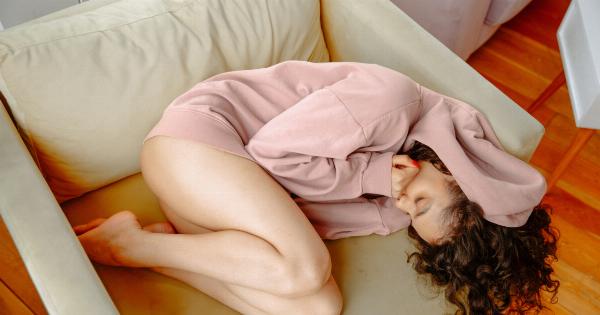Menstrual cramps, also known as dysmenorrhea, are experienced by many women during their menstrual period. These cramps occur due to the natural process of the uterus shedding its lining.
When the lining breaks down and detaches from the uterus, it releases chemicals called prostaglandins, which cause the muscles of the uterus to contract. These contractions can lead to pain and discomfort, ranging from mild to severe, in the lower abdomen.
Types of Menstrual Cramps
There are two primary types of menstrual cramps:.
- Primary dysmenorrhea: This type of cramp is not a result of any underlying medical condition and usually begins within a few years of a woman’s first menstrual period. It tends to improve with age and may stop after pregnancy or childbirth.
- Secondary dysmenorrhea: This type of cramp is caused by an underlying medical condition, such as endometriosis, uterine fibroids, or pelvic inflammatory disease. Secondary dysmenorrhea often appears later in life and may worsen over time.
The Role of Exercise in Menstrual Cramp Relief
Exercise plays a crucial role in managing menstrual cramps. Regular physical activity helps improve blood circulation, reduce muscle tension, and release endorphins, which are natural painkillers.
Incorporating some simple exercises into your routine can help alleviate menstrual cramp symptoms and improve your overall well-being during your period.
1. Pelvic Tilts
Pelvic tilts strengthen and stretch the muscles of the lower back and abdomen, providing relief from menstrual cramps.
To perform pelvic tilts:.
- Lie on your back with your knees bent and feet flat on the floor.
- Gently tilt your pelvis upward, flattening your lower back against the floor.
- Hold the position for 10 seconds and then release.
- Repeat the exercise 10 times.
2. Bridge Pose
The bridge pose targets the pelvic muscles and helps alleviate menstrual cramps.
To perform the bridge pose:.
- Lie on your back with your knees bent and feet flat on the floor, hip-width apart.
- Place your arms by your sides, palms facing down.
- Gently lift your hips off the ground, engaging your glutes and core muscles.
- Hold the position for 10-15 seconds.
- Slowly lower your hips back to the ground.
- Repeat the exercise 10 times.
3. Child’s Pose
Child’s pose is a restful exercise that helps relax the body and ease menstrual cramps.
To perform child’s pose:.
- Kneel on the floor with your knees hip-width apart.
- Slowly lower your buttocks towards your heels.
- Stretch your arms forward, placing your palms on the floor.
- Breathe deeply and hold the position for 30 seconds to 1 minute.
- Slowly come back up to a kneeling position.
- Repeat the exercise 3-5 times.
4. Cat-Cow Stretch
The cat-cow stretch releases tension in the pelvic area, providing relief from menstrual cramps.
To perform the cat-cow stretch:.
- Get on your hands and knees, with your hands aligned under your shoulders and knees aligned under your hips.
- As you inhale, lift your tailbone and gaze up towards the ceiling, creating an arched back (cow pose).
- As you exhale, tuck your tailbone and bring your chin towards your chest, rounding your back (cat pose).
- Repeat the fluid movement between the cat and cow poses for 10-15 repetitions.
5. Walking
Walking is a low-impact cardiovascular exercise that helps increase blood flow and reduce menstrual cramps.
To incorporate walking into your routine:.
- Choose a comfortable pair of shoes.
- Start with a slow warm-up pace for 5 minutes.
- Gradually increase your speed to a brisk pace.
- Aim for at least 30 minutes of brisk walking every day.
- End with a cool-down period and gentle stretching.
6. Yoga
Practicing yoga can be beneficial for menstrual cramp relief. Certain yoga poses help stretch and strengthen the muscles, improve blood circulation, and promote relaxation.
Some beneficial yoga poses for menstrual cramp relief include:.
- Forward Fold (Uttanasana)
- Seated Wide-Angle Forward Bend (Upavistha Konasana)
- Supine Twist (Supta Matsyendrasana)
- Legs-Up-The-Wall Pose (Viparita Karani)
7. Pilates
Pilates exercises focus on core strength, flexibility, and body alignment. Incorporating Pilates into your routine can help relieve menstrual cramps by improving blood flow and reducing muscle tension.
Some Pilates exercises beneficial for menstrual cramp relief include:.
- Pelvic Curl
- Single-Leg Stretch
- Roll Up
- Swimming
8. Deep Breathing Exercises
Deep breathing exercises help relax the body, reduce stress, and alleviate menstrual cramp pain.
To practice deep breathing:.
- Sit or lie down in a comfortable position.
- Close your eyes and take a deep breath in through your nose, allowing your abdomen to expand fully.
- Slowly exhale through your mouth, emptying your lungs completely.
- Repeat this deep breathing pattern for 5-10 minutes.
9. Abdominal Massage
Massaging the abdominal area helps increase blood flow, relax the muscles, and relieve menstrual cramps.
To perform an abdominal massage:.
- Lie on your back with your knees bent.
- Apply gentle pressure to your lower abdomen using circular motions with your fingertips.
- Continue massaging for 5-10 minutes, gradually increasing the pressure if desired.
10. Heat Therapy
Applying heat to the lower abdomen can provide instant relief from menstrual cramps. Heat helps relax the muscles, improve blood flow, and reduce pain.
To use heat therapy:.






























